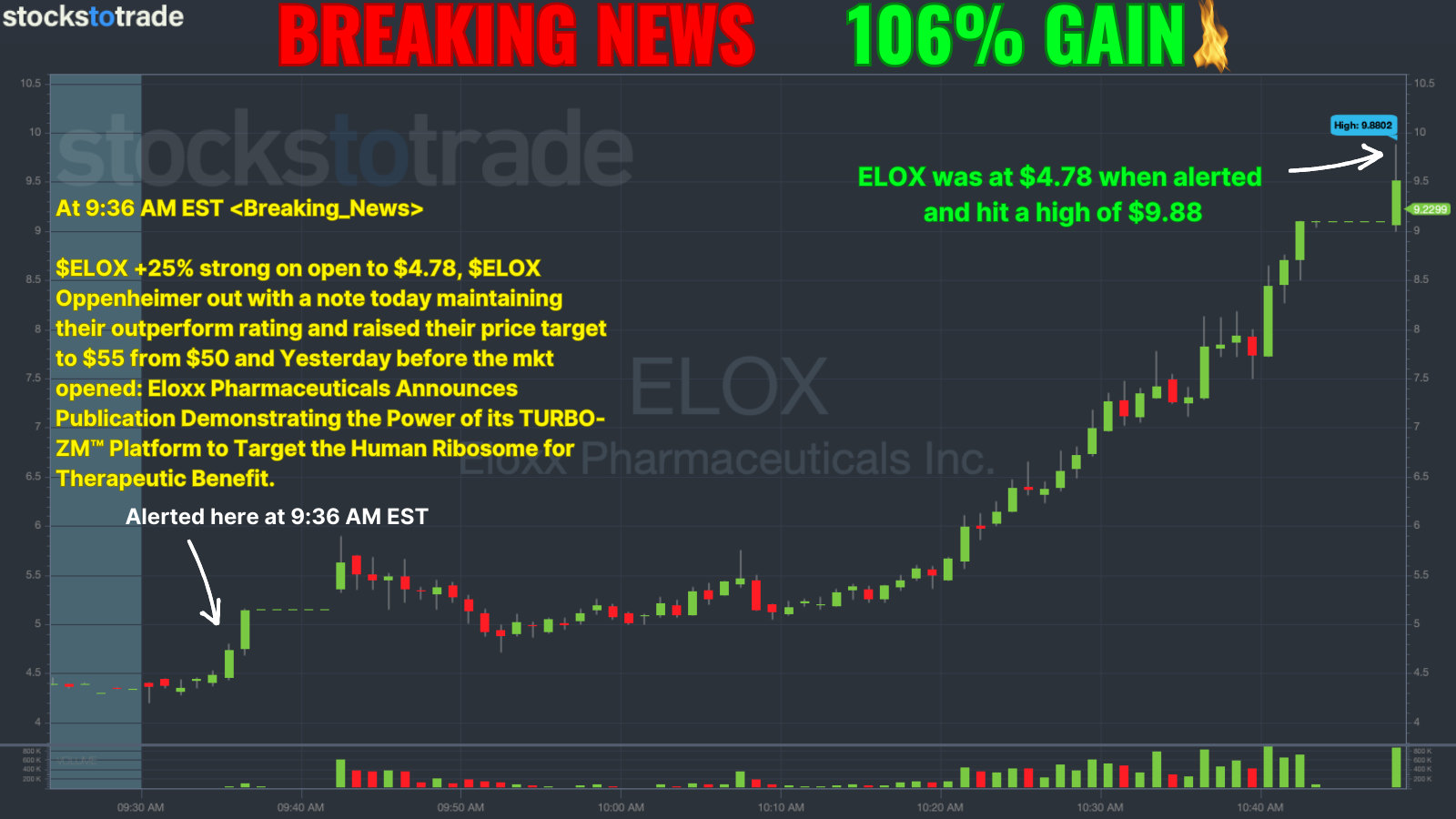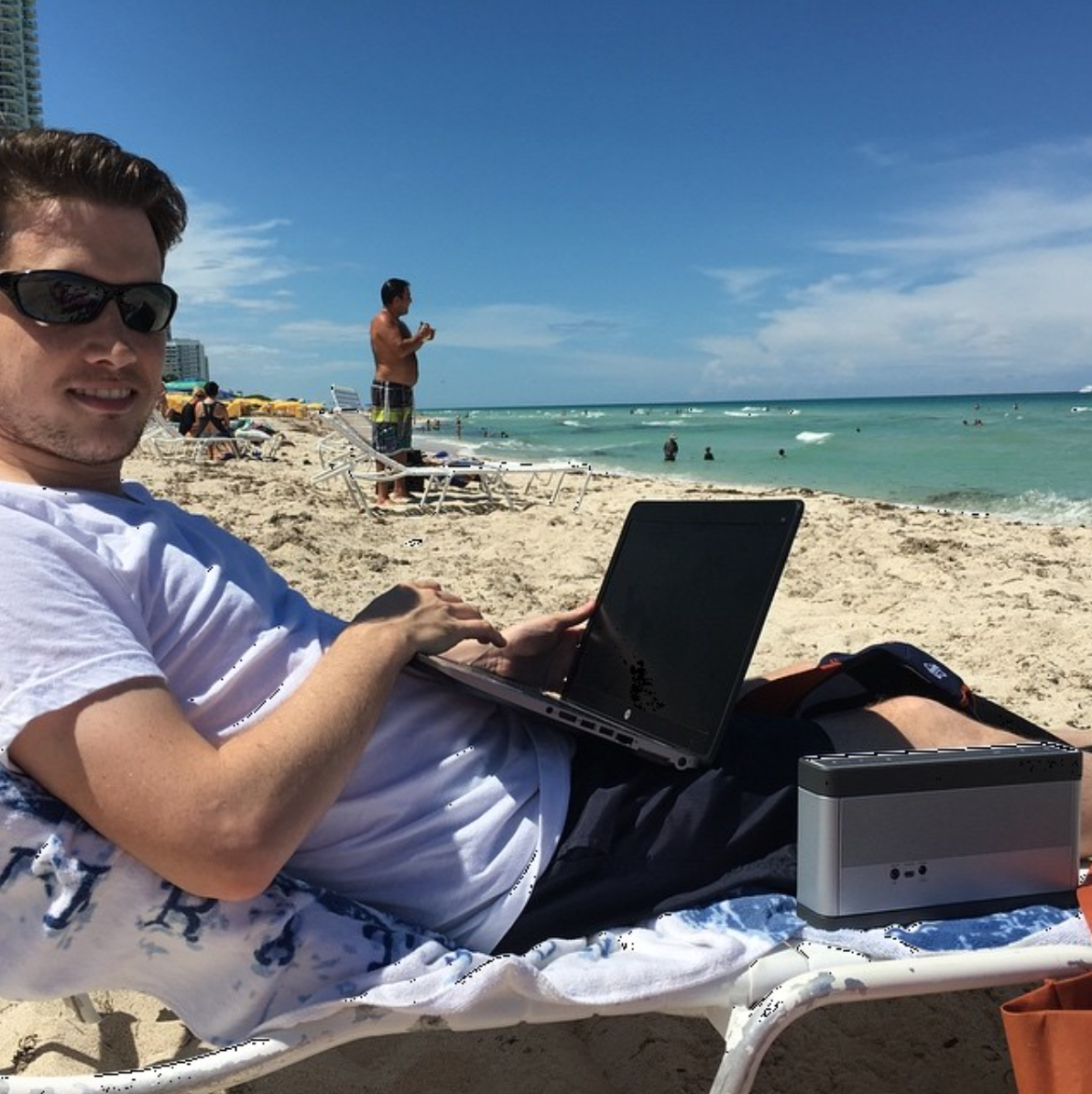Listen…
When you’re eager to get your feet wet in the markets, testing a trading strategy might not seem very important…
You may think, “why take the time to evaluate it when I can find out by trading right away?”
But this mentality is an accident waiting to happen. If you want to increase your confidence and avoid regrettable losses … backtesting your strategy is absolutely essential.
Using past market information to test your strategy, you can see how it would have done before you risk real money.
And if you don’t test your strategy, you’re swimming in dangerous waters.
Without testing, you might use a flawed approach and lose a lot of money. Testing protects you from continually using strategies that don’t work and gives you a chance to fix them.
With that in mind, keep reading to learn how to master the art of testing your trading strategy…
Define Your Strategy
Before testing a trading strategy, it’s crucial to have a clear understanding of your approach.
Define your strategy by establishing specific rules for entering and exiting trades, position sizing, and risk management techniques.
For example, my trading strategy revolves around trading short-dated options on high-volume names in volatile sectors.
Ask yourself … What makes your strategy unique? How will it give you an edge?
Consider factors that will define the trades within your strategy such as technical indicators, fundamental analysis, or a combination of both, depending on your preferred trading style.
Personally, I prefer to focus on the technical side of trading. If the chart works for me, I’m usually not too worried about the fundamentals of the company.
After all, I’m a short-term trader. I’m not buying these names for the long term.
However, you may look at the market differently. The important thing is to build a strategy that works well with your personality … and then test it before you risk your hard-earned money on it.
How to Backtest
Tim Sykes tells his trading students to “know their history” for a good reason. If you don’t, you’re doomed to repeat the mistakes of the past.
So, how can you evaluate the historical success (or lack thereof) of your strategy?
You need to backtest…
And to perform backtesting, you need reliable historical market data…
Most online trading platforms provide access to historical market data, including price history, trading volume, and other relevant information.
WARNING: Make sure that the data you’re gathering covers a sufficient time period and is representative of the market conditions you intend to trade in.
If you’re struggling to get access to such information, I suggest trying the software I use … StocksToTrade.
Most tools used for scanning, research, and analytics DON’T allow you to trade. But StocksToTrade does, plus so much more…
See for yourself — get a 14-day trial of StocksToTrade for just $7 by clicking right here!
Manual Testing
Now that your software is set up, begin by manually testing your strategy on the historical data you’ve collected.
REMEMBER: You must know your history!
This means going through the data, trade by trade, applying your predefined rules, and then recording the outcomes.
Keep a trading journal to track each trade’s entry and exit points, profits or losses, and any relevant observations.
The manual testing phase helps you understand how your strategy would have performed in the past, giving you valuable insights into its potential strengths and weaknesses moving forward.
Paper Trading
Another excellent way to manually test your strategy is by paper trading.
Paper trading allows you to try out a wide variety of strategies, setups, and patterns with simulated dollars.
Think about incredible sports teams. They don’t win championships if they don’t practice.
Paper trading is like a scrimmage for professional traders. If you miss practice, you’re probably not gonna win the big game.
So … how exactly should you paper trade?
When you set up a paper trading account, don’t simulate millions of dollars…
This can skew your early views of the relationship between risk and reward. Additionally, it can make you deal in large numbers that you don’t need to worry about yet.
Want to be alerted to hot trade ideas before anywhere else?
Check out the alert for ELOX on July 11th:
This is a tool you’ll want in your trading toolbox.
Instead, simulate a dollar amount that’s closer to the amount you’ll actually be trading.
Then, start trading simulated dollars exactly as you plan to within your strategy.
If you make solid returns during this testing phase, then you might be on to something…
On the other hand, if you blow up your paper trading account, you’ll know your strategy isn’t ready for primetime yet.
Then, after you’ve spent some time paper trading and backtesting your strategy, it’s time to do the following…
Performance Evaluation
Once you’ve done some testing, you’ll need to step back and evaluate your strategy’s performance.
I just did this recently with my mid-year trading review. If you missed it, you can read it right here.
When evaluating your strategy … look at metrics like total return, average return per trade, winrate, and average time in a trade. How is your strategy holding up?
Consider factors like maximum drawdown (the largest decline in your portfolio value). Would you be able to stomach these losses with real money?
Performance evaluation helps you understand how your strategy might perform in different market conditions and its potential risk/reward characteristics.
Based on the results of your testing and performance evaluation, you can tweak and refine your growing trading strategy.
Identify areas for improvement, such as adjusting entry or exit criteria, modifying risk management rules, or exploring additional indicators.
Repeat the testing process after each adjustment you make. This can potentially give you valuable insights into the impact of your changes and help you develop a more robust strategy.
Final Thoughts
I hope you now understand why backtesting your strategy is so crucial.
By defining your strategy, gathering historical data, and performing testing … you can evaluate its performance and identify strengths and weaknesses.
Then, with continuous refinement, you can enhance the effectiveness of your trading strategy and increase your overall confidence as a trader.



